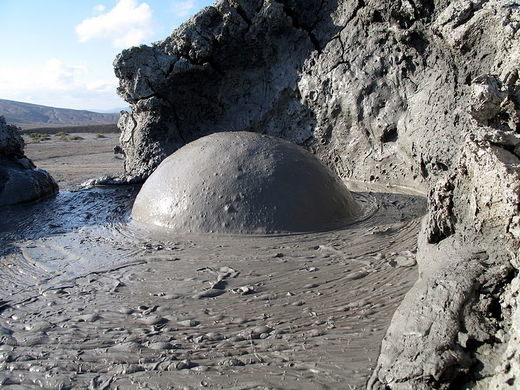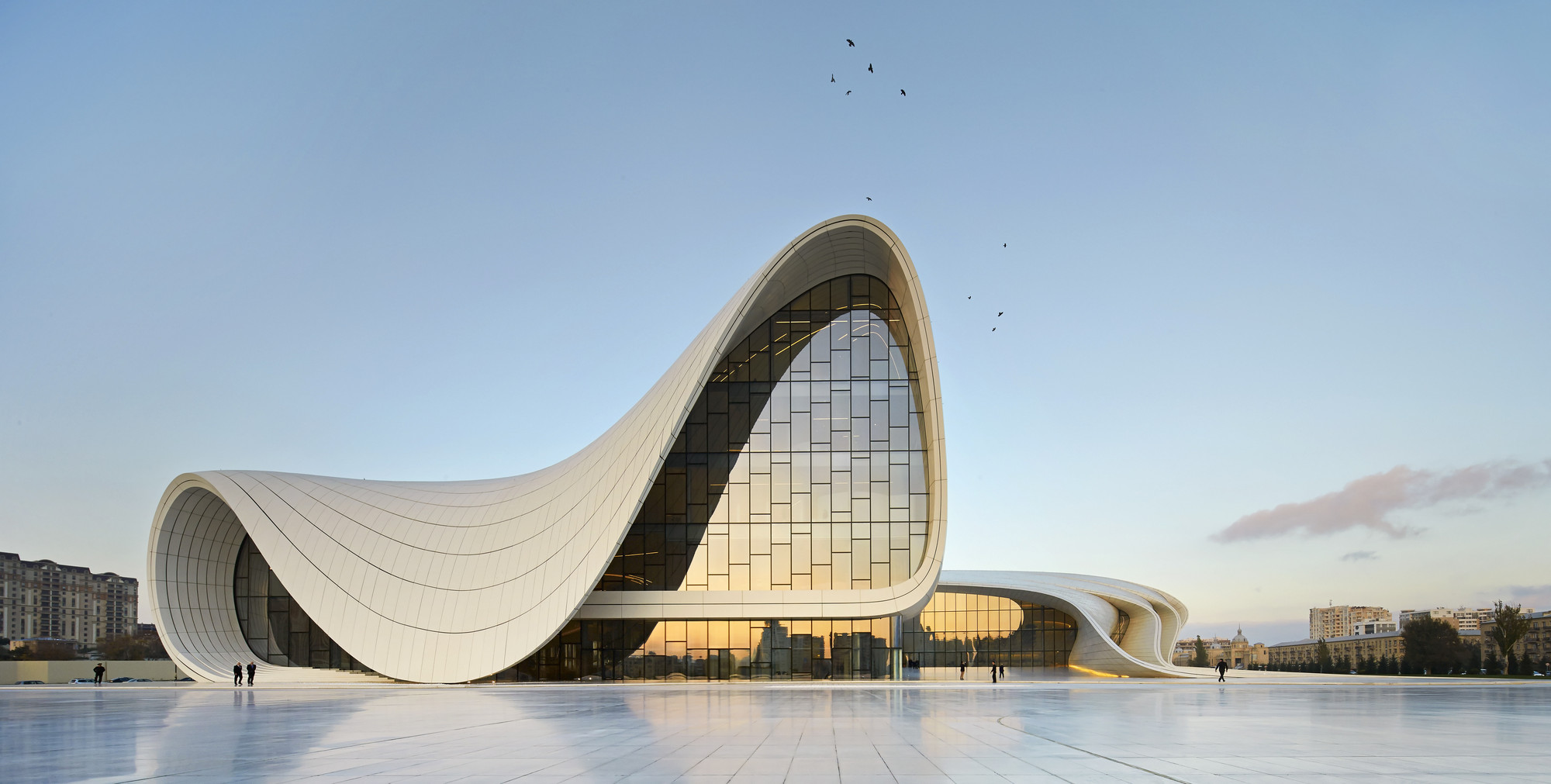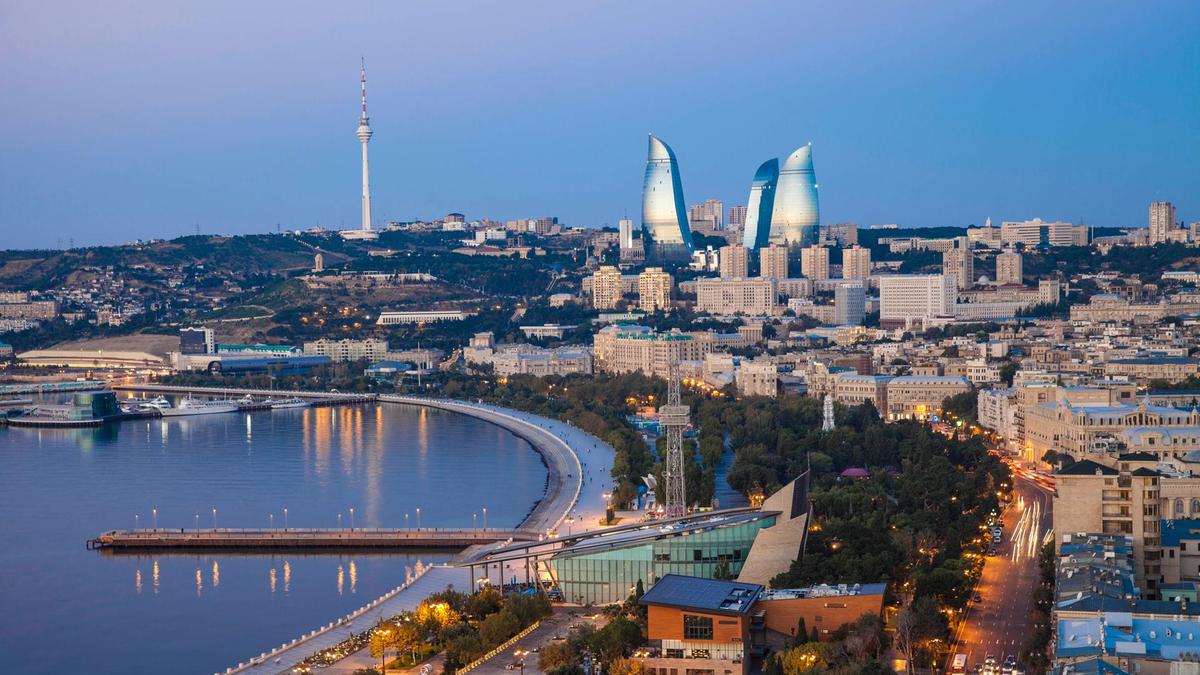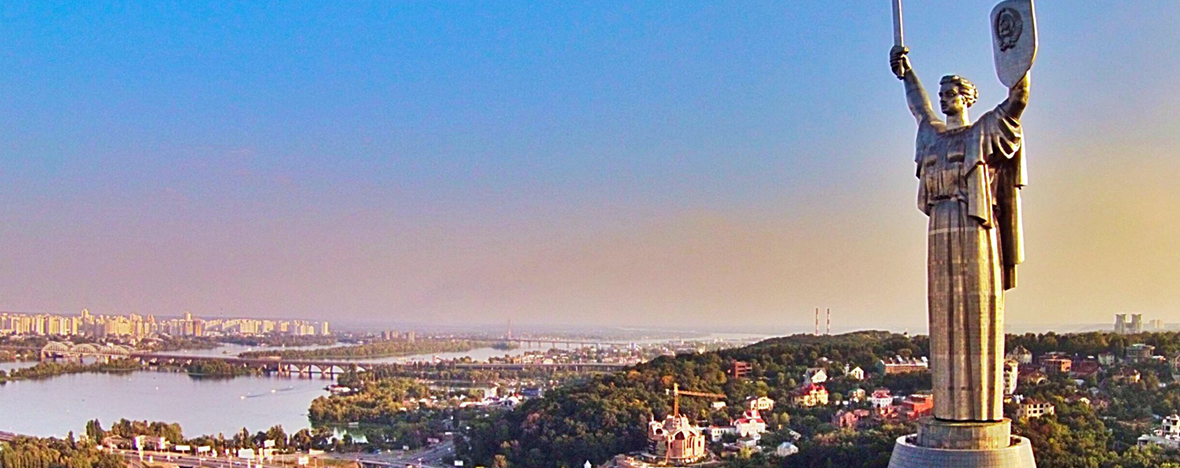Category: Travels
Quito, Ecuador bleg
I haven’t been for about twenty-five years, so I very much welcome your recommendations on what to do, see, and eat there. And what should one do with a spare day in Guayaquil?
I thank you all in advance for your extreme wisdom and counsel.
Travel scurry
For the next week I will have some rather hectic travel. The volume of posting may be slightly lower than normal, but if so fear not, soon enough a stronger throughput will resume.
Memphis
A few days ago, a few of you thought I was dumping on Memphis. I did say the city is not an economic development success story, but it is perhaps my favorite place to visit in the American South. It has the best musical traditions, for instance generating Jerry Lee Lewis, Elvis, Carl Perkins, and Johnny Cash, all at more or less the same time, with many others later including Lonnie Mack, Isaac Hayes, and Booker T. It is one of the classic barbecue cities, most of all for ribs. Beale Street remains a wonderful place to hear music, as it is not nearly as ruined by tourists as Broadway in Nashville or Bourbon Street in New Orleans. It is also one of the American cities most likely to look as if it is still 1963, or is that 1957? Finally, Memphis is the starting off point for a drive down Highway 61 into the heartland of the Mississippi Delta, one of the essential American journeys and yes you still can hear rural blues music there.
If you have never done a three-day Memphis trip, I would strongly urge this upon you.
Nashville bleg
What to do, where to eat, and is there a decent day trip around? Is there a good church outside town for hearing gospel music on a Sunday morning?
I thank you all in advance for your counsel and wisdom. Nashville is in fact the largest U.S. city I never have visited, but soon this will change.
What has and has not changed in Guangzhou
That is the topic of my latest Bloomberg column, here is the opener:
I hadn’t been to Guangzhou in more than 30 years, and I wanted to see what I would remember.
And here is one bit:
How about the train ride between Hong Kong and Guangzhou? In 1988 I saw lone farmers plowing the field with their oxen. These days the journey brings you through Shenzhen, China’s tech capital, where many iPhones are assembled and which has eclipsed Guangzhou as a source of economic dynamism.
And yet I cannot conclude that Guangzhou is altogether a story of change and change alone.
That all said, Guangzhou is no longer an economic leader in China. Overall it struck me that Guangzhou has become a bit of an economic backwater, albeit at an enormous size and decent (compared to the rest of China) standard of living.
Azerbaijani road trip
About half the world’s mud volcanoes are in Azerbaijan, and some good ones are about an hour’s drive from the edge of Baku.
I saw a Koch Industries truck parked about ten miles down the road.
The Zoroastrian Fire Temple attracts scores of Indian tourists, unlike anything in Baku. It dates mostly from the 18th century. And:
Yanar Dag (Azerbaijani: Yanar Dağ, meaning “burning mountain”) is a natural gas fire which blazes continuously on a hillside on the Absheron Peninsula on the Caspian Sea near Baku, the capital of Azerbaijan (a country which itself is known as “the Land of Fire“). Flames jet into the air 3 metres (9.8 ft) from a thin, porous sandstone layer.
Baku bits, what to see in Baku
The vertigo starts, as upon arrival in the airport there are few direct clues as to which country you might be in. You will see people from every part of this hemisphere, and furthermore the Azerbaijanis won’t stand out as such. The facility itself looks like an average of five or six other airports, like how some TV shows film in Canada to get that generically American look.
Matters seem to go downhill as one rides into town — “Dubai, yet without the charm” is how I described it to Yana in an early, premature email. Yet this petro-city grows on you quickly, and I don’t just mean the cherry jam. Closer to town center there are interesting buildings in every direction, and of three sorts: the medieval Old City with walls, a blossoming of late 19th century European architecture (and they are still doing contemporary copies of it), and the Brasilia-Dubai like modern buildings.
In 1905 about half of the world’s oil was produced in or near Baku. In 1942, it was Stalingrad that stopped Hitler from taking the place over and perhaps changing the course of history. Not long ago, oil and gas were estimated to account for sixty percent of the gdp of Azerbaijan.
And you can see that money being spent, to the benefit of the tourist I might add. Baku has perhaps the most attractive and walkable seaside promenade. The walker has views of the Caspian, of spectacular buildings, of the port, and there are multiple paths with beautiful gardens and cactuses and baobab trees, benches everywhere, Eurasians in abundance, and in August the weather is perfect for a long stroll every night.
Baku is reputed to be the world’s lowest capital city, standing about 28 meters below sea level.
It is the first Shiite country I have visited, and it seems less conservative than say the Turkey of ten years ago, for instance in terms of dress and demeanor. A small percentage of women wear burkhas, most of all by the seaside walk, but the look of their companions suggests most are tourists or expats.
In short, several generations of communist-enforced atheism do have a persistent effect. One Azerbaijani, with whom I had an extended dialogue through a translator, stressed to me how much universal Soviet education elevated the region (and she was not pro-Soviet or pro-communist by any means). The Azerbaijanis address me in Russian, as few can converse with ease in English.
The police go to great lengths to limit jaywalking, which is in any case dangerous. The city roads are wide, and like some parts of central Brasilia have few traffic lights. Never have I wished so often that I was on the other side of the street as in Baku.
Baku has three working synagogues, and, unlike in almost every other country in the world, they do not require police protection. It is a remarkably safe city.
There is strong sentiment here that Nagorno-Karabakh, technically a part of Azerbaijan but not controlled by the government in over twenty years, is ruled by “Armenian terrorists,” backed by Putin. This issue, largely neglected outside the region, is likely to flare up again. When I applied for a visa, I had to answer whether I come from Armenian blood (no). It seems like a much less friendly conflict than say between the Israelis and the Palestinians.
Baku was the easternmost part of the Roman Empire — does that make it European?
“Relatives may eat your flesh but they won’t throw away your bones” is an old Azerbaijani saying.
Newborns are washed in salt water, to make them truthful and bold.
As a vacation spot, I recommend three to four days here for anyone looking for something off the beaten path, but without logistical difficulties. Here is Wikipedia on Baku.
A dialogue in Seherli Tandir restaurant, this evening
There are three tables, all close enough to chat, and at them there was TC, a Saudi family with a husband, two kids and a woman in full burkha, and a woman from a fine New York City neighborhood, perhaps 65 years old. Suddenly, the NYC woman paused from her chat with me:
NYC woman, to Saudi table: (With a strong NYC accent) So where are you all from?
Saudi Man: Saudi Arabia.
NYC woman: Is that your wife in there?
Saudi Man: Yes.
NYC woman: Is she driving yet?
Saudi Man: No
NYC woman: Why not?
Saudi Man: She does not need to.
NYC woman: I was just wondering, because they made such a big deal out of it on TV. And I was thinking maybe they aren’t all driving yet.
Saudi Man: She does not need to.
NYC woman: But why not?
Saudi Man: Madam, you live in New York City. Are you driving yet?
Kiev notes
The city has some of the best Soviet war memorials, noting that the text at the main Babi Yar monument does not in fact refer to “Jews.” The museums are much better than expected, with at least five worthy of a visit, including the National Museum, the folk art museum, Scythian gold museum, and Russian art museum, and the Khanenko museum.
I am underwhelmed by the economy here, and Kiev is one of the least bustling national capitals I have seen, especially for a country of its size. The distribution of stores and commercial ventures is so thin as to remind me of some parts of San Francisco. Yes, this is August but still the streets feel empty, even in the center of town. Maybe especially in the center of town. The earlier Soviet infrastructure has not been built over, and the basic outline of the city does not yet feel “post-reform.”
Poland and Ukraine had about the same per capita gdp in 1992, but now Poland’s is three times higher. Even Russian wages are twice as high. The Ukrainian economy has shrunk 17.8% since 2008, and that is not even counting the loss of territory, which still counts statistically as part of Ukrainian gdp.
Markers of the new, post-2014 Ukrainian nationalism are seen frequently, and the use of the Russian language is actively discouraged.
There is a brand or chain of Karaoke parlors called “MAFIA Karaoke.”
Unlike some parts of Moscow, there are few signs of a rip-off culture here with respect to tourists. The citizenry is unfailingly helpful when possible, though short answers are hard to come by. People in random encounters seem quite willing to give all sorts of (wordy) advice as to what you should be doing and why.
Japanese restaurants are more common than Chinese. After Italian, there is not much culinary diversity to be seen, but the Georgian restaurants are among the best in the city. As for a single recommendation, Kanapa [Kanape] for “nouvelle Ukraine” would be my clear first pick, and it is on a picturesque street with many folk art stalls.
If two people each order bottles of mineral water, they will not open one bottle for each person. Instead, they induce you to first share the first bottle, and then the second, in sequence. Thus the water is not efficiently conserved.
It is remarkable how many different restaurants serve their chocolate ice cream with a basil leaf on top.
Baku bleg
What should I see and where should I eat? I will be there soon, and any assistance or advice you can offer is much appreciated, thanks!
My Conversation with Juan Pablo Villarino
Juan is sometimes considered the world’s greatest hitchhiker, and this was one of my favorite installments in the series. We talked about “the joys of connecting with people, why it’s so hard to avoid stereotypes (including of hitchhikers), how stamp collecting guides his trips, the darkest secrets of people he’s gotten rides from, traveling and writing books with his wife, the cause of violence in the Americas, finding the emotional heart of a journey, where he’s going next…” and which country has the most beautiful women (and men). And why Colombia and Transnistria are two of his favorite places to visit.
Here is the transcript and audio.
Here is one excerpt:
VILLARINO: As a rule of thumb, I always like to say that you stop cars with your smile and not with your thumb. There are actually a lot of things you could do to improve your chances of getting a lift.
It’s not like go there, stick out your thumb, and get a ride. Definitely, smiling as a car is passing — it’s a really important thing. Then there are very subtle things that people wouldn’t guess that have an impact, and they do…
For example, a driver has on average three seconds to decide whether he’s going to stop or not. He sees you, he’s driving maybe 80 miles an hour, and you suddenly pop out. There are a lot of things going on unconsciously through his mind to decide whether he’s going to stop or not. You have only these seconds to convey any message of trust, and so you have to do things.
For example, one is smiling. The other one is, when you manage to get eye contact, then I reinforce. Let’s say, I’m showing my thumb, but I also switch my hand signal and point it to the direction in which I’m going as I’m smiling. This makes a more personalized link over the general link you are already doing, which is thumbing.
Then the way you are dressed, the way your backpack is positioned . . .
And:
COWEN: In your six slowest, you have in that worst six Sweden, Norway, Finland, Denmark with slow times [for being picked up hitchhiking].
VILLARINO: Oh, yeah. Scandinavia.
COWEN: Those countries have plenty of cars. Why are they so slow?
VILLARINO: That’s amazing. To be hitchhiking in Scandinavia, you see all this row of Volvo cars passing you by [laughs] and they will never ever stop.
I had talked to a Swedish friend of mine, and she just said, “Yeah, I wouldn’t stop either,” she said, “because it’s so cheap and affordable to have a car. Then if someone is hitchhiking and doesn’t have a car, you would think he has second intentions or something wrong is going on here.”
And:
COWEN: Would you describe yourself as a workaholic hitchhiker?
VILLARINO: Yes. [laughs] I am. People would be so surprised to see how much time there is involved on the backstage behind the screen because you hitchhike, you have books, and you have a blog. The blog is so time consuming.
Juan had the very best answer I thought as to why the New World is more violent than the Old World, overall. It starts with this:
VILLARINO: Probably because in our evolution as territories, we have had violence as a part of it much more recently in the timeline. We were conquered by means of powder. I think that’s probably in the genetic of our culture. I hope not.
Strongly recommended, and I hope to read and see more of Juan in the future.
Alesund notes
Alesund, Norway is one of the most beautiful small cities in Europe. The setting is picture-perfect, and much of the architecture was redone in 1904-1905 in Art Nouveau style, due to a fire that burned down the previous wooden structures. The Art Nouveau murals in the town church deserve to be better known.

This time around, Norway seems vaguely affordable. The food is “good enough,” especially if you like cod. Dark chocolate ice cream is hard to come by. Driving to the puffins takes 3-4 hours, though they are not always to be seen.
A microeconomic guide to travel, including Ethiopia
That is my latest Bloomberg column, here is the opener:
I sometimes wish the market supplied “travel guides as if microeconomics really mattered.” Most guides outline the major sights and the best hotels, but what about the little things that make up so much of the value of a trip? Here’s my handy introduction to the micro side of travel, based on my recent 10-day stay in Ethiopia. You should consider investigating these same factors before choosing a destination:
How are the sidewalks?
I enjoy walking around cities, but it’s not just the quality of the architecture or the vitality of the street life that matter. The quality of the sidewalks is a central consideration, especially in emerging economies. What good are the sights if you are looking down all the time to avoid a slip or a broken ankle because of gaping holes? Sometimes major thoroughfares have no sidewalks at all.
I am happy to report that in Addis Ababa, the capital city of Ethiopia, the quality of the sidewalks and street paths is high enough to sustain productive walking with your head held high. Most of the time. B, and B+ outside the capital.
There is much more at the link, definitely recommended.
Seeing *Solo* in Addis Ababa
The movie was more or less watchable, in the modest sense of that term.
The subtitles were in Arabic, and the very nice theater was about 1/5 full. And yes it was in 3-D. No one seemed to react to the film at all.
The cinematic references were to Kubrick’s Paths of Glory, Snowpiercer, various James Bond movies, Enter the Dragon, and of course the other Star Wars installments, though never in interesting ways.
One of the characters did not understand subgame perfection.
At one point in the movie they happen across a bunch of people who are dressed like they could be in rural Ethiopia.
Woody Harrelson at times looked like Peter Sellers.
The leader of the rebel alliance was the best character.
By the end of the film, I didn’t seem to mind the whole thing, though I can’t explain why not.
My opinion of George Lucas continues to rise.
Especially prominent figures and concepts in Ethiopian Christianity
Yes there is Mary, Jesus. and the (Monophysite) Trinity, but beyond that literally every day I hear about the following from a very religious populace:
The Ark of the Covenant: “The Ethiopian Orthodox Tewahedo Church claims to possess the Ark of the Covenant, or Tabot, in Axum. The object is currently kept under guard in a treasury near the Church of Our Lady Mary of Zion. Replicas of the Axum tabot are kept in every Ethiopian Orthodox Tewahedo church, each with its own dedication to a particular saint; the most popular of these include Mary, George and Michael.”
St. George, slaying the dragon, he is prominent in church paintings.
Days of fasting, 55 a year, and thus Ethiopian restaurants are very good for vegetarians and vegans.
Addendum: from the comments, by Yves-Marie Slaughter:
55 is only the number of days of fasting during Lent, prior to Easter.
Total number of fasting days for a ‘normal’ Christian per year, would be closer to 155…
A monk may fast more than 200 days a year.
By the way, pork is prohibited altogether.




